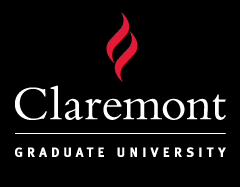Abstract
The construction of identity among the ethnic Chinese populations in Indonesia has been a complicated and incomplete process. The temporal and spatial formulation of identity has allowed for continual change in which marginalization and discrimination have resulted. This paper utilizes Stuart Hall’s theory in which identity always multiplies and changes throughout history, determined by a “splitting between groups. From the colonization of Indonesia to modern times, the identity of ethnic Chinese has constantly been changing, while being kept apart from what Benedict Anderson calls the national imagined community. Indonesia’s national dictum, “Unity in Diversity,” has dismissed the small Chinese ethnicity that comprises about three percent of the population. This exclusion by the majority other and the inclusion formed within their group has allowed for the formation of various identities that have shifted and changed throughout time. This problem of defining “Chineseness,” which was compounded during the New Order, currently is experiencing positive and negative changes due to looser government policies regarding the expression of Chinese culture. Current Indonesian state policies aim for multiculturalism, permitting the Chinese to publicly display and engage in Chinese culture, however, simultaneously it essentializes Chinese culture into stereotypes. This paper asserts an anthropological approach toward understanding Chinese identity in Post-Suharto Indonesia. It evaluates the ethnic group’s self-identification, as well as the perception of the “natives,” to investigate the formation of identity between the two groups. It then analyzes the experience of Chinese Indonesians in the United States to show the transformation of their identity and how the concept of eternal newcomer may also apply outside of Indonesia.
DOI
10.5642/lux.201303.19
Recommended Citation
Urban, Gregory S.
(2013)
"The Eternal Newcomer: Chinese Indonesian Identity from Indonesia to the United States,"
LUX: A Journal of Transdisciplinary Writing and Research from Claremont Graduate University:
Vol. 3:
Iss.
1, Article 19.
Available at:
https://scholarship.claremont.edu/lux/vol3/iss1/19
